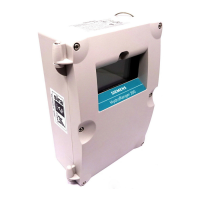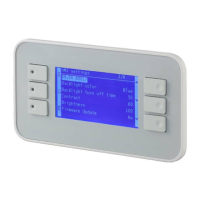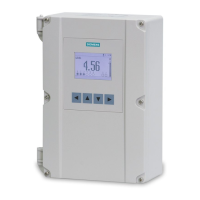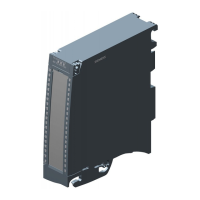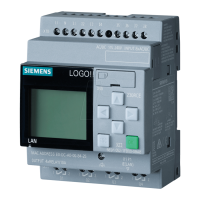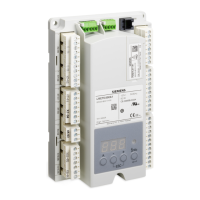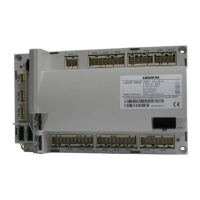Virtual Network configuration
A31003-W1040-U101-1-7619, July 2006 DRAFT
150 HiPath Wireless Controller, Access Points and Convergence Software V4.0, C10/C100/C1000 User Guide
hwc_vnsconfiguration.fm
Defining accounting methods for a VNS
11. In the NAS Identifier box, type the Network Access Server (NAS) identifier. The NAS
identifier is a RADIUS attribute that identifies the server responsible for passing information
to designated RADIUS servers and then acting on the response returned. This is an
optional step.
12. In the Auth. Type field, select the authentication protocol to be used by the RADIUS server
to authenticate the wireless device users for a Captive Portal VNS.
13. In the Include VSA Attributes section, click the appropriate checkboxes to include the
Vendor Specific Attributes in the message to the RADIUS server:
● AP’s
● VNS’s
● SSID
The Vendor Specific Attributes must be defined on the RADIUS server.
14. If applicable, select Set as primary server.
15. To enable MAC-based authentication on roam, select MAC-based authentication on
roam.
16. To save your changes, click Save.
7.4 Defining accounting methods for a VNS
The next step in configuring a VNS is to define the methods of accounting. Accounting tracks
the activity of a wireless device users. There are two types of accounting available:
● HiPath Wireless Controller accounting – Enables the HiPath Wireless Controller to
generate Call Data Records (CDRs) in a flat file on the HiPath Wireless Controller.
● RADIUS accounting – Enables the HiPath Wireless Controller to generate an accounting
request packet with an accounting start record after successful login by the wireless device
user, and an accounting stop record based on session termination. The HiPath Wireless
Controller sends the accounting requests to a remote RADIUS server.
HiPath Wireless Controller accounting creates Call Data Records (CDRs) in a standard format
of authenticated user sessions, such as start time and duration of session. The CDRs are
stored in flat files that can be downloaded via the Command Line Interface (CLI).
If RADIUS accounting is enabled, a RADIUS accounting server needs to be specified.
>
Only select this checkbox if you are using MAC based authentication and if you
want your clients to be authorized every time they roam to another AP. If this
feature is not enabled, and MAC-based authentication is in use, the client is
authenticated only at the start of a session.

